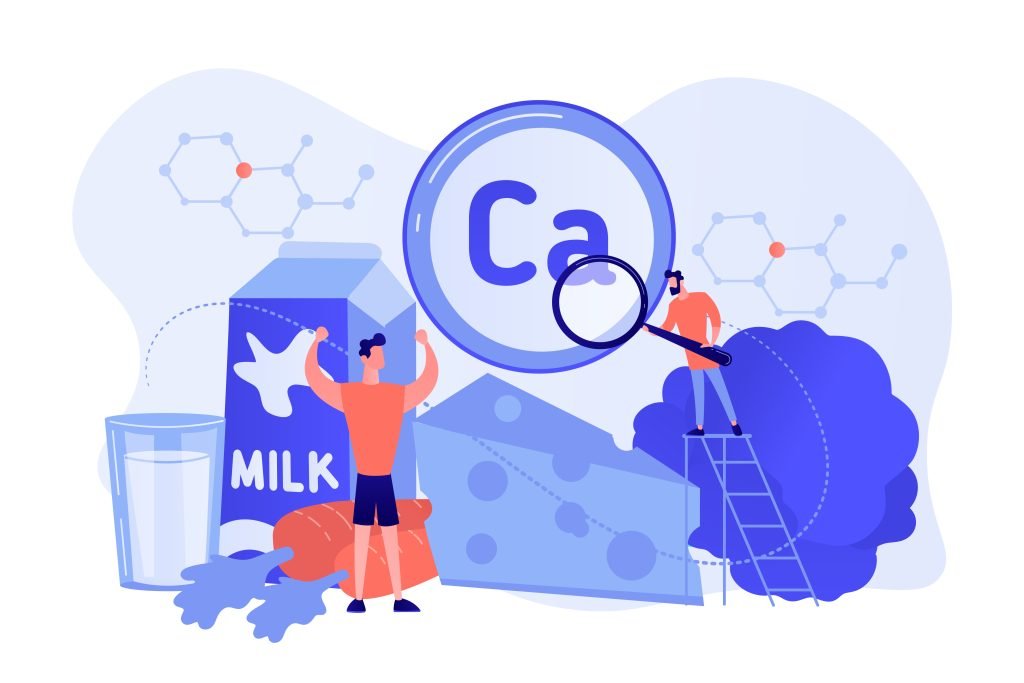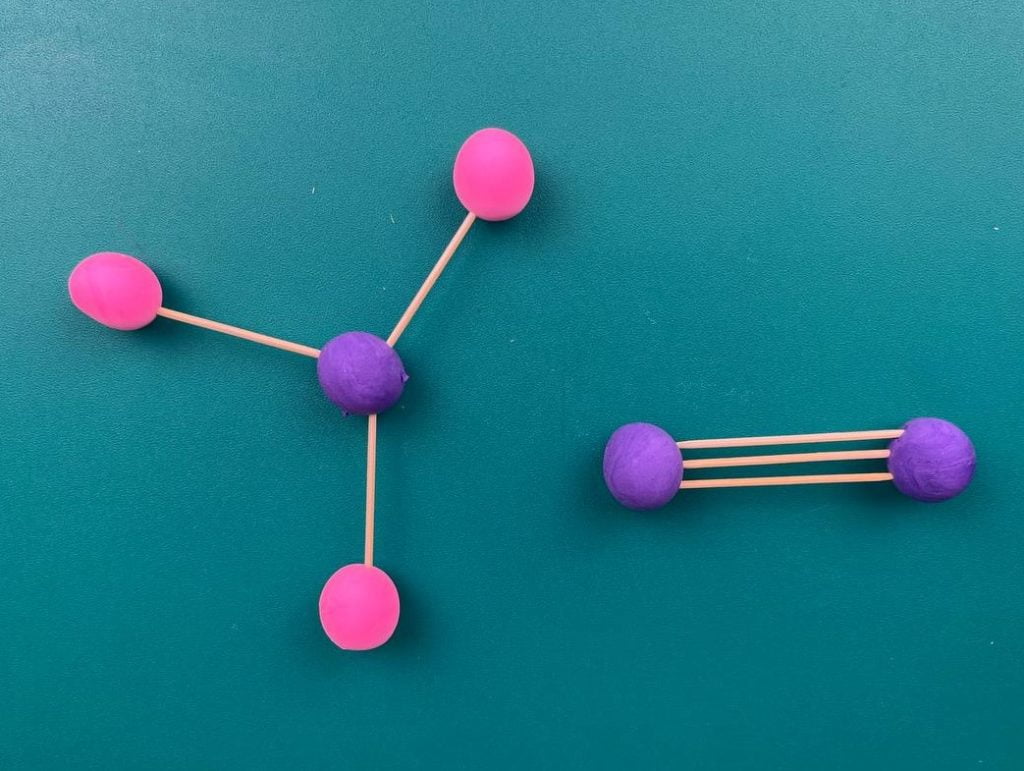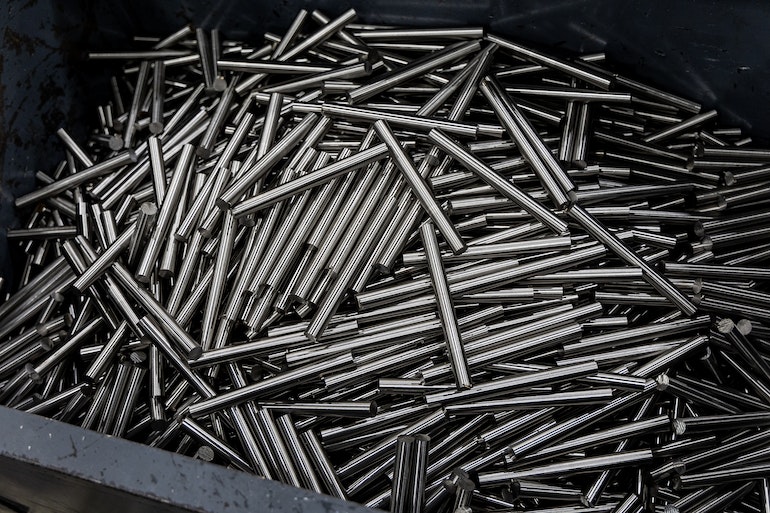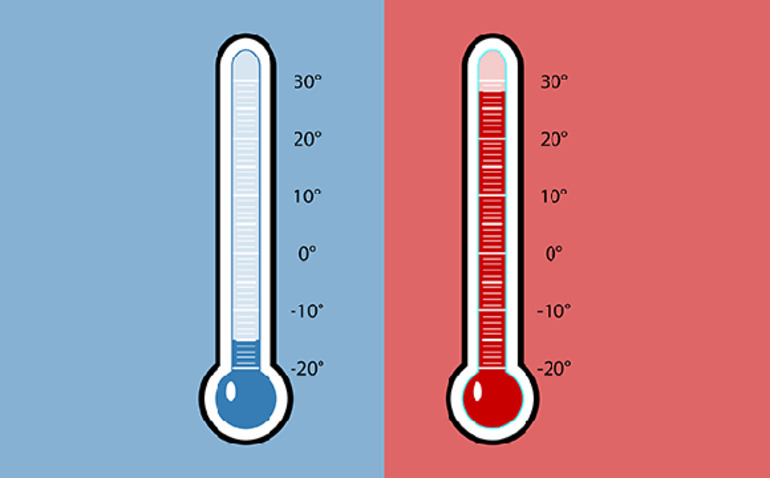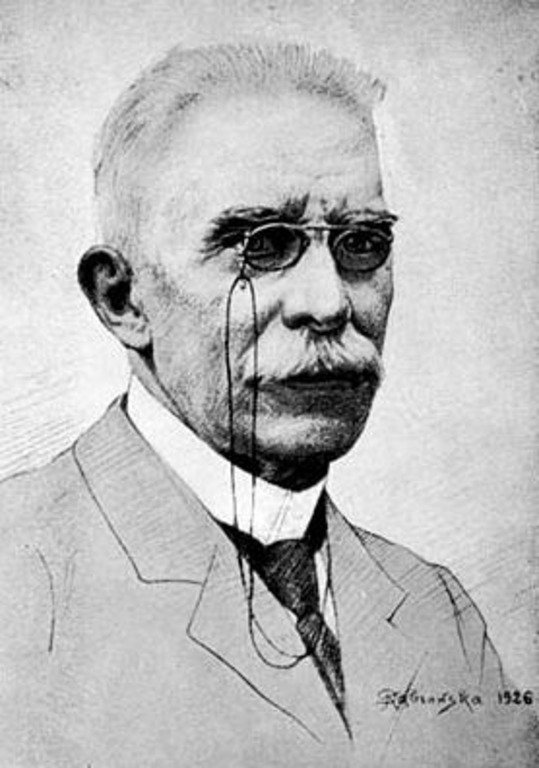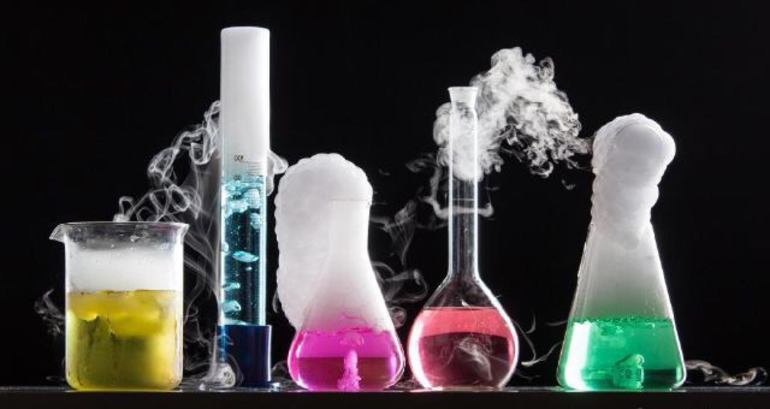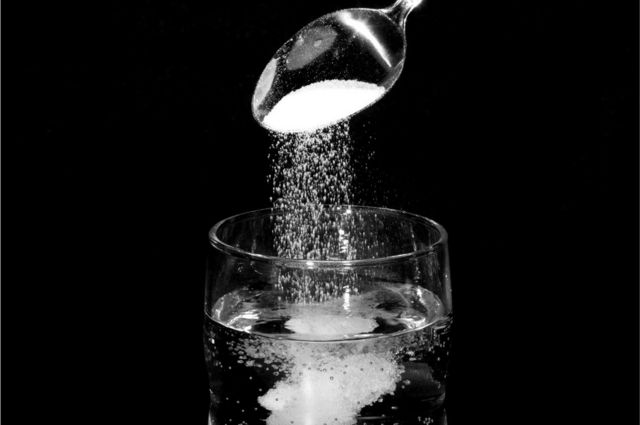Laboratory work #15: «Determination of Carbon Content in Food Products»
Description: This experiment aims to demonstrate the presence of carbon in common food products. By subjecting sugar and pasta to heat, students will observe the changes in their physical properties.
Laboratory work #15: «Determination of Carbon Content in Food Products» Read More »


